Lint, the tiny, fluffy villain that seems innocent enough, but it can wreak havoc on your dryer and your home if left unchecked.
- Fire Hazard: Let's start with the most crucial aspect – lint can be a fire hazard! Those cozy lint balls you've been ignoring are highly flammable. Over time, lint buildup can ignite and turn your laundry room or basement into a fiery inferno. By cleaning your dryer duct regularly, you're not just removing lint; you're preventing a potentially catastrophic fire. Did you know that between 2014 – 2018 local fire departments responded to an estimated average of 13,820 home structure fires PER YEAR in which dryers were involved in the ignition? Yeah, this is serious!
- Energy Drain: Lint isn't content with being a fire starter; it's also an energy vampire! A clogged dryer duct means your appliance must work harder, increasing your energy bills. Cleaning out the lint not only saves you money but also reduces your carbon footprint.
- Dryer Performance: Ever felt like your dryer is taking forever to do its job? Blame it on the lint! A blocked duct restricts airflow, making your dryer less efficient. Cleaning the duct is like giving your dryer a breath of fresh air – it'll dry clothes faster and more effectively, which means less waiting and more time for things you actually enjoy.
The DIY vs. Professional: You can do a decent job of this yourself if you have an electric or battery-powered leaf blower, a wet towel, and the ability to slide your dryer out and disconnect the duct. In fact, I did it at my house today (see video) and this is how I did it:
- Unplug the dryer and slide it out far enough that you can access the duct behind it.
- Detach the duct (likely some sort of clamp and/or tape). I also removed the louvered termination on the exterior of my home to allow for better airflow but this isn't absolutely necessary. If you have a screen though on the outside of your home covering the termination it must be removed for this to work.
- Get your battery-powered or electric leaf blower (DO NOT USE A GAS-POWERED leaf blower inside your home) and stick the business end inside the pipe and use a wet towel to seal around the pipe so you don't get covered in lint.
- Turn on the battery-powered or electric leaf blower and let it run for a minute or two.
- Reassemble everything just as you found it.
Keep in mind this method does not actually scrub the sides of the pipe like a professional duct cleaning service would using a brush and vacuum system. If you are at all concerned about doing this yourself or are concerned that there is a lot of lint that is stuck to the side of the duct then a professional is required.
So, there you have it, folks – the lowdown on why cleaning your dryer ducts is essential to your health, your dryer's longevity, and your safety.

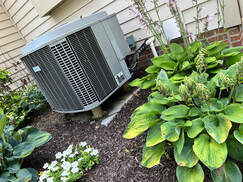
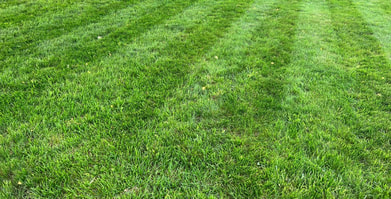

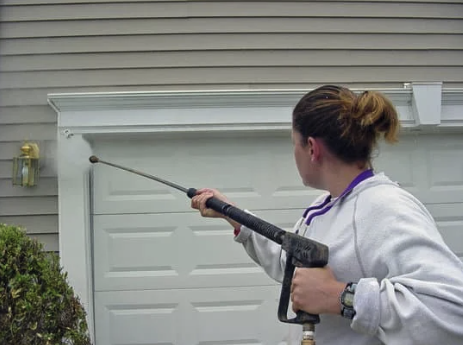
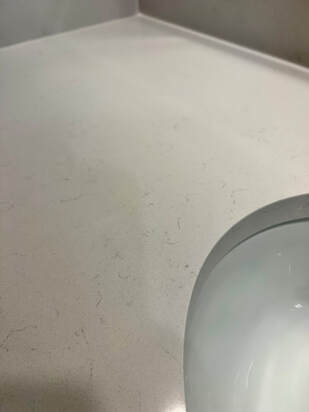
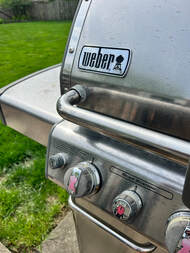
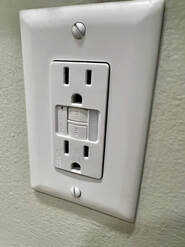

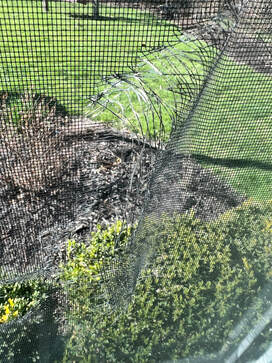


 RSS Feed
RSS Feed
